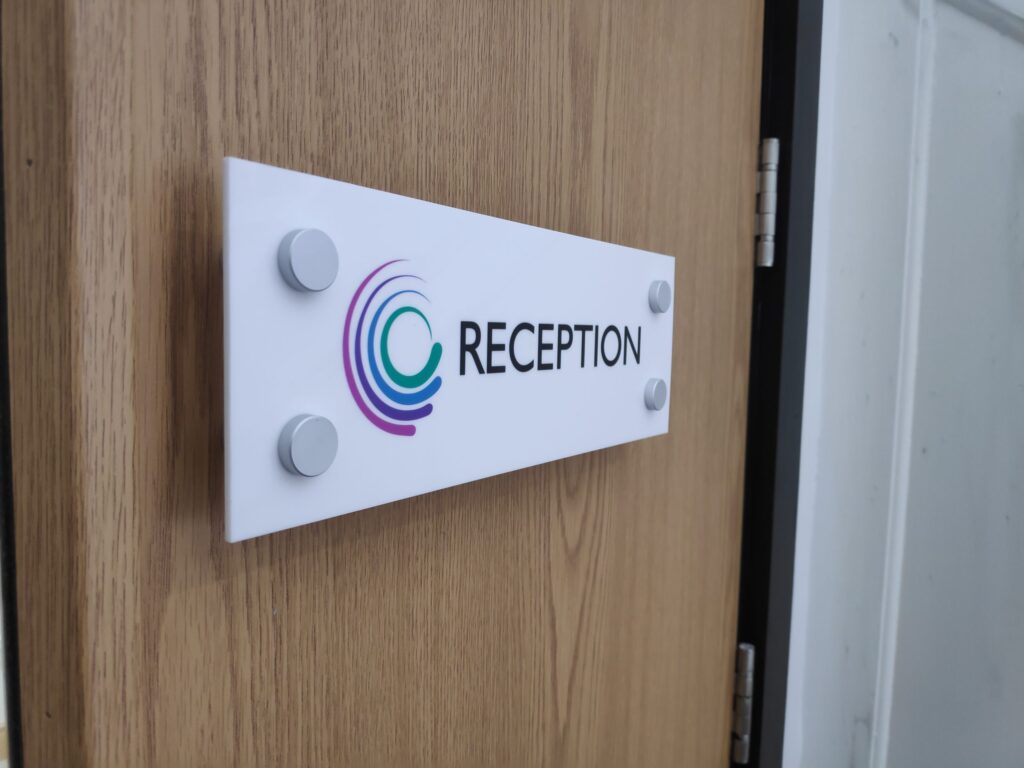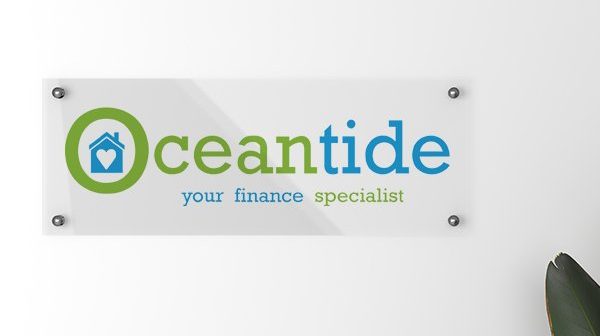
Image Sources : Board Printing Company Uk
Acrylic printing on sheets is a great way to add a unique and stylish touch to your projects. Whether you’re printing photographs, logos, or artwork, acrylic printing can help you make an impact with your print materials.
But what exactly are the advantages of using acrylic printing on sheets? We’ll explore that in this article. From durability to eye-catching visuals and more, learn more about why acrylic printing may be the perfect option for your project needs.
Introduction To Printing With Acrylic Sheet
Acrylic sheet is a type of plastic that is frequently used in the printing process. It is clear, durable, and easy to work with, making it an ideal material for a variety of applications.
Acrylic sheet can be printed using a variety of methods, including screen printing, digital printing, and offset printing.
Advantages of Acrylic Printing
Acrylic printing offers many advantages over traditional printing techniques. It is a more versatile and durable material, which makes it ideal for a variety of applications.
Acrylic is a clear plastic that is lightweight yet strong and shatter-resistant. It can be used for a wide range of products, including signage, window displays, and even furniture.
Print on acrylic sheet is also more cost-effective than traditional methods such as screen printing or lithography. It is less likely to crack or fade over time, making it a more durable option for long-term use.
Printing with acrylic sheets is a great way to produce vibrant and eye-catching designs. With these three techniques, you can create an array of interesting effects that will make your products stand out from the rest.
Whether you are looking for a glossy finish or something more subtle, there is sure to be an acrylic printing technique that will suit your needs perfectly.
What Can Be Printed On Acrylic?

Acrylic is a versatile substrate that can be used for a variety of different applications. When it comes to printing, acrylic offers a few distinct advantages over other materials.
First, acrylic is extremely durable and moisture resistant, making it ideal for both indoor and outdoor applications. It also has a high level of UV resistance, meaning your prints will not fade over time.
Second, acrylic is a very strong material, meaning it can support heavier prints without sagging or warping. This makes it an ideal choice for larger format prints.
Third, printing on an acrylic sheet has a high gloss finish that really makes colours pop. This can give your prints an eye-catching look that is sure to get noticed.
So what can be printed on acrylic? Just about anything! Acrylic is perfect for signage, displays, artwork, and so much more. With its many benefits, it’s no wonder acrylic is such a popular choice for print projects big and small.
The Three Main Printing Techniques
There are three main printing techniques used when printing with acrylic sheet: screen printing, direct printing, and offset printing.
Screen printing is the most common type of printing use when printing with acrylic sheets. This technique involves using a stencil to create the desire image on the sheet. The stencil is place on top of the sheet and then ink is applie to the stencil. The ink is then transfer to the sheet, creating the desire image.
Direct Printing is a newer technique that is becoming more popular. This technique involves directly applying the ink to the sheet. This can be done using a variety of methods, such as silk screening or digital printing.
Offset Printing is a more traditional type of printing that uses plates to transfer the image onto the sheet. This technique is typically use for larger print runs and can produce high-quality results.
Which Technique Is Best For You?
When it comes to meeting room signs printing with acrylic sheet, there are a few different options to choose from. Each technique has its own unique benefits, so it’s important to select the one that will best suit your needs.
The three most popular methods for printing on acrylic are screen printing, digital printing, and traditional painting or airbrushing. Let’s take a closer look at each option:
Screen Printing: Screen printing is a great option for large-scale projects where you need to print a high volume of copies. This technique also works well for prints that require intense colour saturation or have intricate designs.
Digital Printing: Digital printing is ideal for smaller projects where you need to print fewer copies. This method also allows you to print more complex designs and images with greater detail than screen printing.
Traditional Painting or Airbrushing: If you want to create a one-of-a-kind piece of art, traditional painting or airbrushing is the way to go. These techniques allow you to add your own personal touch and style to your project.
How To Get Started With Printing With Acrylic Sheet
To get start with printing with an acrylic sheet, you will need to gather a few supplies. You will need an acrylic sheet, a printer, and some ink. Once you have these items, you will be ready to get start.
The first thing you will need to do is print out your design onto the acrylic sheet. Make sure that your design is a mirror image so that it will look correct when print on the back of the sheet. Once your design is print, you can then use it with a utility knife or a laser cutter.
Once your design is, you can then start to assemble your piece. Start by attaching the front and back pieces together using either tape or glue. Then, add any additional pieces that you may want to include in your final piece.
After your piece is assemble, you can then begin to add colour. You can do this by painting the piece with acrylic paint or by using markers. Once you are finish adding colour, you can then add a topcoat of clear acrylic to protect your work.
How To Print On Acrylic?

Acrylic is a type of plastic that is frequently use in sheet form as a clear material. It can be print on using a variety of methods, depending on the desire results.
One popular printing method for acrylic is screen printing. This involves using a stencil to apply ink or paint to the surface of the sheet. The paint or ink will adhere to the raised areas of the stencil, resulting in a design that is visible on the surface of the sheet.
Another common printing method for acrylic is digital printing. This involves using specialized printers and inks to print directly onto the surface of the sheet. This method can produce very high-quality results, and it allows for full colour designs.
No matter which printing method you choose, there are a few things to keep in mind when working with acrylic. First, it is important to use an acrylic-specific primer before painting or printing on the surface. This will help ensure that your design adheres properly and doesn’t fade over time.
Second, be sure to use slow-drying inks or paints when working with acrylic. If you use fast-drying products, they may cause the sheet to warp or crack.
Finally, take care when cleaning up after working with acrylics. Many cleaners and solvents will damage or even dissolve the material, so it’s important to read the labels carefully before using any cleaning products near your finished project.
Conclusion
Acrylic printing for conference room signs is a great way to create a stunning and unique piece of artwork. It offers a variety of advantages over other types of printing, including the ability to use different colours, the durability, and affordability.
Acrylic printing also allows for more creative possibilities than other methods such as screen-printing or lithography.
With so many benefits and options available through acrylic printing on sheet material, it’s no wonder why this method has become increasingly popular among artists looking for a one-of-a-kind look.
So, give it a try – who knows what amazing results you might achieve?
Author Bio
I am Zoya Arya, and I have been working as Content Writer at Rananjay Exports for past 2 years. My expertise lies in researching and writing both technical and fashion content. I have written multiple articles on Gemstone Jewelry like Larimar Jewelry and other stones over the past years and would love to explore more on the same in future. I hope my work keeps mesmerizing you and helps you in the future.





